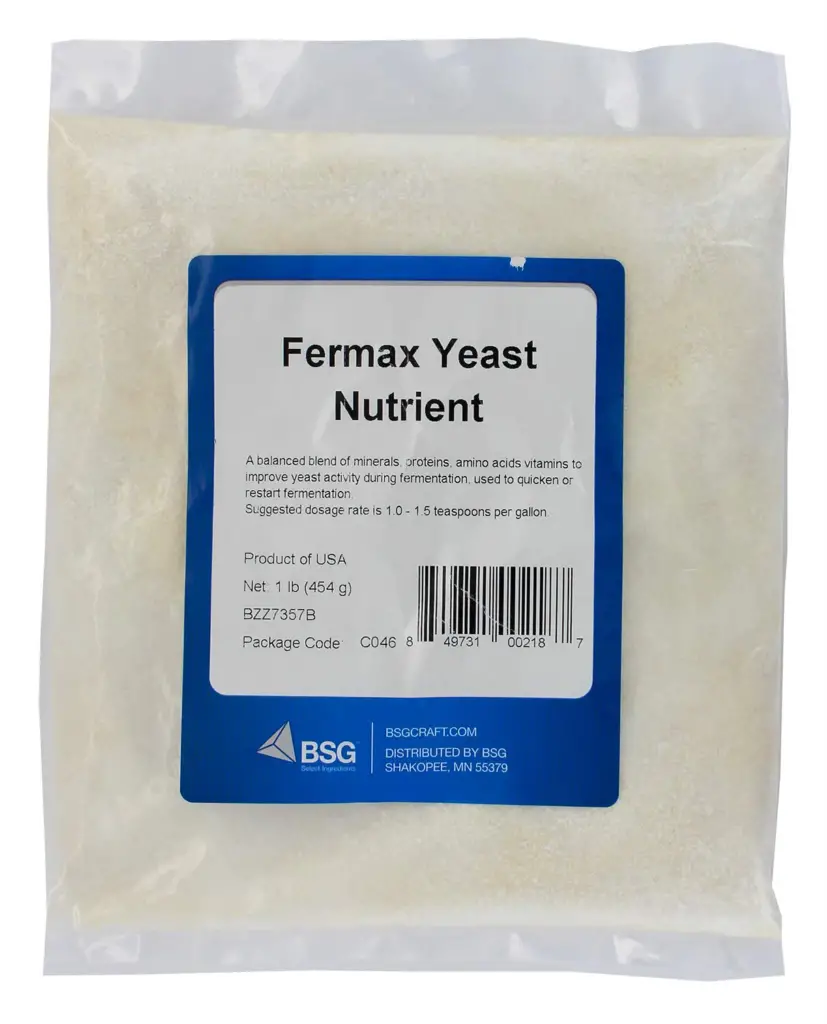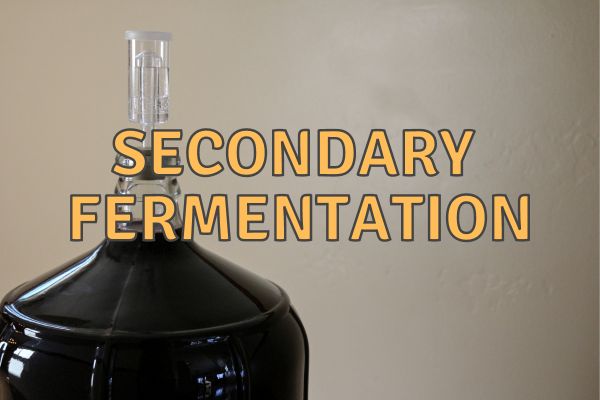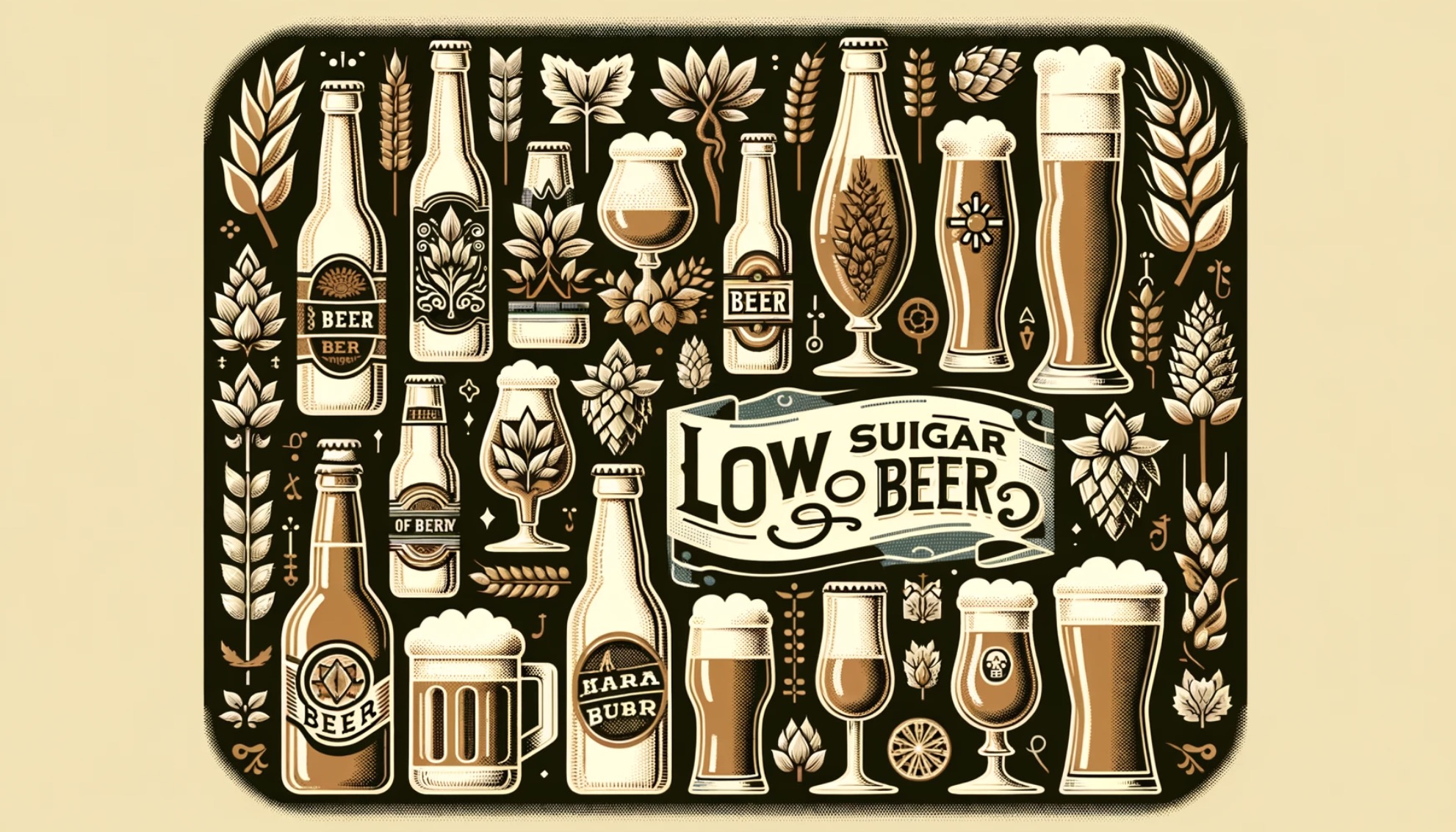As a brewer with years of experience and a deep passion for the microscopic wonders of fermentation, the question I hear most often is, “How much yeast nutrient should I use per gallon?”
For optimal fermentation, use these yeast nutrient recommendations per gallon: beer requires 0.25 to 0.5 grams, cider needs 0.5 to 1 gram (unless for keeved cider), wine ranges from 0.5 to 1.5 grams, and mead demands 1 to 2 grams. These are general guidelines; adjust based on specific brew conditions and yeast activity.
As we will see, the amount varies based on the type of beverage, its ingredients, and your desired outcome.
Below, we’ll dive deep into the nitty-gritty of this essential brewing component.
Yeast Nutrient Recommendations Per Gallon
One of the frequent questions I encounter, especially from budding home brewers, is about the exact amount of yeast nutrient to use.
Fermax Yeast Nutrients
While it’s important to note that the ideal amount might vary based on numerous factors (as detailed above), here are some general guidelines that I’ve learned through my years of brewing and studying microbiology:
Yeast Nutrients Per Gallon of Beer
For most beers, the malted grains provide a good amount of nutrients for the yeast. However, when brewing high gravity beers or those with a large portion of adjuncts, supplemental nutrients can be beneficial.
Recommendation: 0.25 to 0.5 grams per gallon. If you notice sluggish fermentation or off-flavors, consider leaning towards the higher end of that range.
Yeast Nutrients Per Gallon of Cider
Apples don’t offer a lot to yeast in terms of nutrients, making supplemental nutrients crucial for most cider ferments.
Recommendation: 0.5 to 1 gram per gallon. For traditional keeved cider, nutrient additions should be minimal or omitted entirely to allow for a slow fermentation and the retention of natural sweetness.
Yeast Nutrients Per Gallon of Wine
Grapes can vary significantly in their nutrient content, and so the nutrient needs can differ based on the variety and growing conditions.
Recommendation: 0.5 to 1.5 grams per gallon. Red wines generally fall on the lower end of this spectrum, while white wines, especially those from grapes grown in nutrient-poor soils, might require more.
Yeast Nutrients Per Gallon of Mead
Honey, being mostly sugar, is particularly deficient in nutrients. For meads, nutrient additions aren’t just recommended; they’re essential.
- Recommendation: 1 to 2 grams per gallon. A staggered nutrient addition method, where the nutrient is added in small portions over the first few days of fermentation, can also be particularly effective for mead.
A Professional Tip: Always keep an eye on your fermentation. Bubbling, yeast activity, and the aroma can give clues about the yeast’s health. If you sense the fermentation is slower than usual or you detect off aromas, it might indicate nutrient deficiency.
Remember, these guidelines are starting points. Based on the specific conditions of your brew, the requirements might vary, so don’t hesitate to adjust based on your observations and experiences.
By following these recommendations and constantly monitoring your brew, you can ensure that you’re giving your yeast the best environment to thrive and produce delicious beverages.
Understanding the Basics: Why Yeast Nutrient Matters
As every brewer will tell you, yeast is the lifeblood of any fermented drink. It’s what turns sugars into alcohol. But yeast doesn’t thrive on sugar alone; it needs essential nutrients to function at its peak.

Without proper nourishment, the fermentation can be slow, incomplete, or even result in undesirable off-flavors. Yeast nutrient provides the vital components yeast requires to flourish.
Factors Affecting Nutrient Needs
Yeast nutrient requirement depends on several factors:
- Raw Material: Ingredients like fruits, grains, and honey come with their inherent nutrient profiles.
- Sweetness: The sugar concentration can affect how hard the yeast has to work.
- Yeast Type: Different yeasts have different nutrient demands.
- Temperature: Yeast metabolism changes with temperature.
- Desired Taste Profile: The flavors you aim to achieve can determine nutrient additions.
- Speed of Fermentation: A fast ferment might require more nutrients upfront.
The Risk of Over-Nourishing
As with all things, moderation is key. Overloading with nutrients, especially when trying to achieve a traditional fermentation method like the French keeving technique for hard cider, can be detrimental. We’ll delve deeper into that shortly.
Tailoring Nutrients for Different Brews
Beer
Beer, especially those made from malted grains, often has a decent natural nutrient content. But high gravity beers or those with a significant amount of adjuncts might require a little boost. From my experience, a well-balanced imperial stout can greatly benefit from controlled nutrient addition, ensuring a complete fermentation.
Cider
When it comes to ciders, it’s a different ball game. Apples, while delicious, don’t offer a lot to yeast. Therefore, nutrient additions are crucial for most cider ferments. Yet, when aiming for traditional keeved cider, minimal nutrient presence is essential to retain sweetness and produce a naturally clear drink.
Wine
The nutrient needs for wines vary depending on the grape type and terroir. Red wines generally require fewer nutrients than white wines. I’ve tasted a Chardonnay which, with just the right nutrient addition, had a beautiful, complex aroma – testament to the yeast’s health and activity.
Mead
Given that honey is almost pure sugar with little inherent nutrients, mead fermentation can greatly benefit from nutrient additions. A mead I brewed without adequate nutrients once stalled halfway, a stark reminder of its importance.
Final Thoughts: Balancing Nutrients for Optimal Results
Mastering the art of nutrient addition is pivotal for any brewer. It can make the difference between a mediocre drink and a spectacular one. It’s all about understanding the needs of your yeast and the beverage you’re creating.
In my journey as a brewer and microbiologist, tasting beverages with varied nutrient additions has been enlightening. Balanced nutrient levels often lead to clean, expressive, and vibrant flavors, while imbalances can introduce unwanted tastes.
In Summary: Key Takeaways
- Yeast nutrient is vital for optimal fermentation.
- The raw material influences inherent nutrient levels.
- Yeast type determines specific nutrient demands.
- Temperature affects yeast metabolism and nutrient requirements.
- Over-nourishing can be detrimental, especially in traditional ferments.
- Beer often has inherent nutrients but may need boosting for high gravity brews.
- Cider usually needs nutrient additions, except in keeving.
- Red wines generally require fewer nutrients than white wines.
- Mead almost always benefits from nutrient supplements.
- Balanced nutrient levels lead to superior tasting beverages.
I hope this extensive look into yeast nutrients helps you craft better brews. Remember, as with all things in brewing, understanding the underlying science and experimenting is the key. Cheers! 🍻
FAQs
1. Can I overdo it with yeast nutrients?
Absolutely. While yeast needs nutrients to function effectively, there’s such a thing as too much of a good thing. Overdosing your brew with nutrients can result in off-flavors, excessive foaming during fermentation, or even a too-fast fermentation that leaves little time for flavors to develop naturally.
2. Are there natural alternatives to commercial yeast nutrients?
Yes, there are. Historically, brewers and winemakers have used ingredients like dried grapes, raisins, or even boiled yeast (a method known as “yeast autolysis”) to provide essential nutrients to their fermentations. While these natural alternatives can work, they don’t always provide as consistent or balanced a nutrient profile as commercial products.
3. Do I need to add nutrients for every batch?
Not necessarily. For many beers, the malt provides sufficient nutrients. Similarly, certain wines or ciders made from nutrient-rich fruits might not need extra help. However, it’s always good to monitor fermentation activity. If things seem slow or stuck, a nutrient boost might be in order.
4. How should I store unused yeast nutrient?
Yeast nutrient should be stored in a cool, dry place, preferably in an airtight container. This prevents it from absorbing moisture from the air or becoming contaminated with undesirable microorganisms. Remember, moisture can degrade some nutrient components over time.
5. Is there a difference between yeast nutrient and yeast energizer?
Yes! While often used interchangeably in casual conversation, they serve different purposes. Yeast nutrient typically contains essential elements like nitrogen, phosphorous, and trace minerals. Yeast energizer, on the other hand, often contains components like vitamin B, amino acids, and other compounds designed to help restart stuck fermentations or invigorate a sluggish yeast population.
Remember, like all aspects of brewing and winemaking, using yeast nutrients effectively is as much an art as it is a science. With experience, you’ll get a feel for when and how much to add to get the best results.





